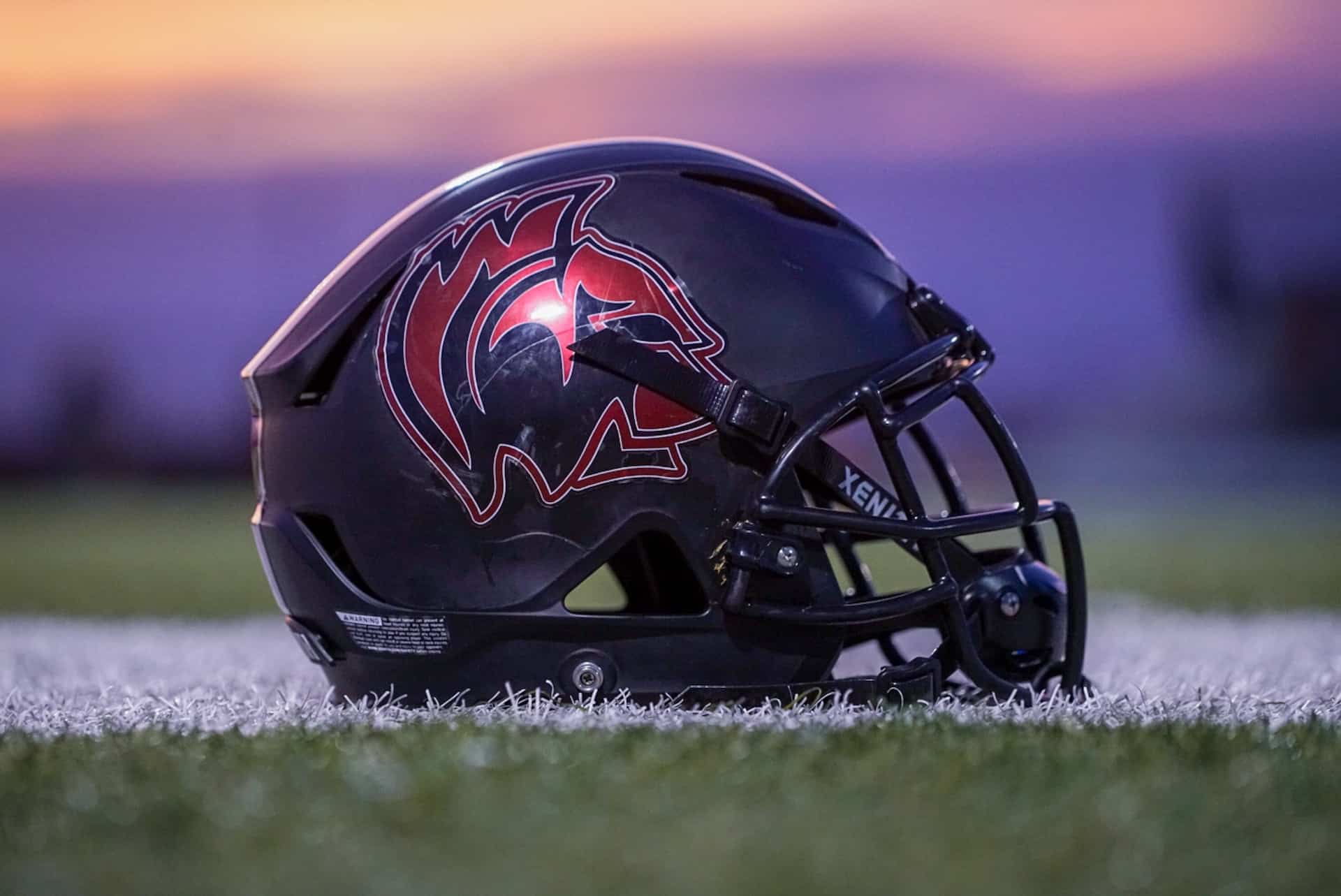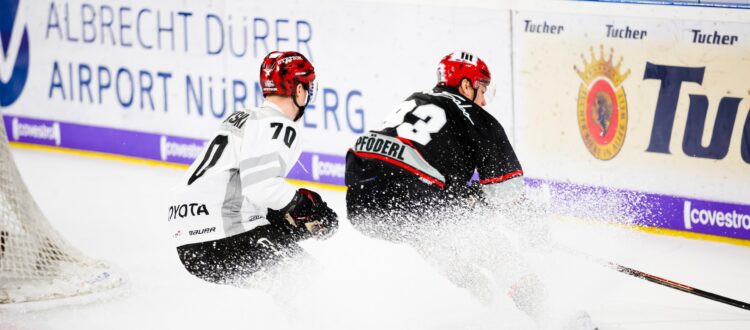Sports helmet decals are a popular way to add a personal touch and display team spirit on helmets worn by athletes. These vinyl designs are used in various sports, including football, hockey, baseball, and lacrosse.
They not only customize the appearance of the headgear, but also help identify different players and teams during games and practices. They are typically made with durable materials that can withstand harsh weather conditions and frequent use. In addition to team logos and names, helmet decals can feature individual player numbers, names, and unique designs. Sports helmet decals are an efficient and creative way to enhance team spirit and recognition on the field or court.
What Material are Sports Helmet Decals Made of?
The Substrate and Back-adhesive
Sports helmet decals are typically made of vinyl, which is a highly durable and versatile material. Vinyl decals are created by printing the design onto a vinyl substrate, which is generally available in thicknesses ranging from 2 to 5 mils (1 mil is equal to 0.001 inches). The vinyl substrate is then coated with a back-adhesive, which allows the decal to stick securely to the helmet surface.
The Laminate
To ensure the longevity and durability of the decal, it is often protected with a laminate. The laminate is a transparent layer that covers the printed vinyl decal, adding an extra layer of protection against scratches, UV rays, and other environmental factors. The thickness of the laminate can vary, with common options ranging from 2 to 4 mils.
Finishing
Different finish types can be applied to the sports helmet decals depending on the desired effect. The most common finish types include gloss, matte, and metallic. The gloss finish provides a shiny, reflective appearance, while the matte finish offers a more subtle and non-reflective surface. Metallic finishes add a metallic or chrome-like effect to the decal, enhancing its visual appeal.
What Sports Can Helmet Decals be Used for?

- Football
- Hockey
- Baseball
- Lacrosse
- Softball
- Rugby
- Cycling
- Skating
- Snowboarding
- Skiing
- Motocross
- BMX biking
- Skateboarding
- Equestrian events
- Motorsports such as car racing or motocross racing
Why Do Players Put Decals on their Helmets?
 Players put decals on their helmets for a variety of reasons. One primary purpose of helmet decals is to recognize and celebrate team and individual achievements. Touchdowns, sacks, and other significant accomplishments are sometimes commemorated with stickers on players’ helmets, which serve as visual reminders of what they have achieved.
Players put decals on their helmets for a variety of reasons. One primary purpose of helmet decals is to recognize and celebrate team and individual achievements. Touchdowns, sacks, and other significant accomplishments are sometimes commemorated with stickers on players’ helmets, which serve as visual reminders of what they have achieved.
In addition to recognizing achievements, helmet decals can also serve as a motivational tool for athletes. Seeing their accomplishments displayed on their helmets can inspire players to continue working hard and striving towards their goals.
Helmet decals can also help build team identity and spirit, by giving players a visual representation of their collective accomplishments and contributing to a sense of shared achievement and pride. Overall, helmets with decals are a visual celebration of a player’s individual and team successes, and also serve as a powerful motivator to keep pushing towards future accomplishments.
How Small or Large Can Your Sports Helmet Decals be?
The size can vary depending on the specific sport and the player’s preference. Helmet decals can range from small, subtle designs to larger, more prominent stickers. In some cases, such as in football and hockey, regulations may dictate the maximum size of decals to ensure player safety and visibility.
However, as long as the decals do not obstruct critical areas of the helmet or compromise the player’s safety, there is flexibility in choosing the size of the decals. Some players opt for smaller decals that add a touch of personal style without overpowering the helmet’s overall appearance. On the other hand, others may prefer larger decals that make a statement and allow for more intricate designs or text.
What to Include in Your Sports Helmet Decals?
 When designing sports helmet decals, there are several elements to consider. First and foremost, it is important to include the team or player’s name or logo to establish identity and representation. Including the team’s colors or color scheme can further enhance the visual cohesion and branding.
When designing sports helmet decals, there are several elements to consider. First and foremost, it is important to include the team or player’s name or logo to establish identity and representation. Including the team’s colors or color scheme can further enhance the visual cohesion and branding.
To add, incorporating symbols or icons that represent significant victories, achievements, or memorable moments in the team’s history can add depth and meaning to the decals. Individual player numbers or names can also be included to personalize the decals and highlight individual contributions. Finally, it is essential to ensure that the design is visually appealing and easily visible from a distance, considering factors such as contrast, legibility, and overall aesthetics.
How to Apply a Sports Helmet Decal?
- Clean the surface of the helmet where the decal will be applied using rubbing alcohol or a mild soap and water solution. Allow the surface to dry completely.
- Peel the decal backing paper from one corner to expose the adhesive side of the decal.
- Place the decal on the helmet’s surface and adjust the position as needed.
- Smooth out any air bubbles or wrinkles with your fingers or a squeegee, starting from the center of the decal and working outwards towards the edges.
- If the decal has any excess material, such as a clear overlay, carefully trim it off with scissors or a craft knife.
- Allow the decal to adhere to the helmet for at least 24 hours before using or wearing the helmet to ensure a secure hold.
Can You Apply Sports Helmet Decals on a Wet Surface?
No, it is not recommended to apply sports helmet decals on a wet surface. Applying decals on a wet surface can compromise the adhesion of the decal, resulting in poor sticking and potential peeling or lifting. It is important to ensure that the surface of the helmet is completely dry before applying the decal. This allows for proper adhesion and ensures the longevity of the decal. Before applying the decal, take the time to thoroughly dry the surface using rubbing alcohol or a mild soap and water solution, and allow it to air dry completely. By following these guidelines and applying decals on a dry surface, you can ensure a secure and lasting hold.
Durability of Sports Helmet Decals
 The durability of sports helmet decals can vary depending on several factors, including the quality of the materials used, the environment in which the helmet is used, and the care taken to maintain the decal. Generally, high-quality sports helmet decals are designed to withstand the rigors of athletic activities and are resistant to water, scratching, and fading. They are typically made from vinyl or other durable materials that are waterproof and can withstand exposure to rain, sweat, and other moisture.
The durability of sports helmet decals can vary depending on several factors, including the quality of the materials used, the environment in which the helmet is used, and the care taken to maintain the decal. Generally, high-quality sports helmet decals are designed to withstand the rigors of athletic activities and are resistant to water, scratching, and fading. They are typically made from vinyl or other durable materials that are waterproof and can withstand exposure to rain, sweat, and other moisture.
Similarly, these decals are often designed to resist scratching, ensuring that they maintain their appearance even with constant helmet contact. However, it is important to note that extreme or forceful impacts can still potentially damage or peel the decals. With proper care, such as avoiding harsh chemicals or abrasive scrubbing when cleaning the helmet and storing it in a safe, protected environment, sports helmet decals can last for several years without significant fading or deterioration.
Conclusion
Sports helmet decals are a valuable component of team identity, personalization, and visual appeal. By including elements such as team names, logos, colors, and individual player details, these decals create a cohesive representation of a team or player. Whether it’s for professional leagues, collegiate teams, or individual sports enthusiasts, sports helmet decals provide an effective and visually striking way to showcase team loyalty and personal achievements.
Popular Posts:




